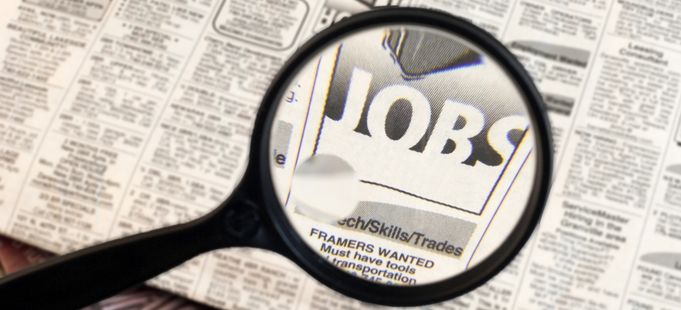UA economist notes that jobs report shows exodus of younger workers
by October 28, 2018 11:03 am 1,778 views

While Arkansas’ unemployment rate has fallen to an all-time low of 3.5%, UA economist Mervin Jebaraj warns that there is a troubling trend of younger workers dropping out of the state’s labor pool.
Jebaraj, economist at the UA Walton College of Business and director of the Center for Business and Economic Research, said since January 2018, the labor force has dropped by about one percent each month. He contends that workers are not necessarily moving from unemployed to employed – they’re exiting the workforce altogether.
“This year, the record low unemployment rate is almost entirely because people are leaving the workforce because they can’t find work. So the number of people unemployed is going down, but the number of people in the overall labor force is going down as well which means that people aren’t leaving the unemployed category and going to the employed category. They’re leaving the unemployed category and just not looking for work anymore, which means they’re not counted as part of the labor force,” he said.
Jebaraj said the labor participation rate is hovering around 57%, below last year’s 58% and below the near 60% reading before the Great Recession.
“We’re headed in the wrong direction, not in the right direction in terms of the number of people that are in the labor force in Arkansas. And that is a very important concern,” he said. “So yes, the headline unemployment rate is at its record low, but the unemployment rate isn’t going down for the right reason anymore. It’s really going down because people are looking for work, not finding it and then leaving the labor force. So I think that is a bit concerning looking at this report.”
Baby boomers exiting the workforce as well as high school to college-age kids not entering the workforce as early account for some of the attrition, but Jebaraj said a deeper dive into the statistics shows that younger workers – who have had plenty of time to finish high school and college-level education – are also dropping out of the labor pool.
“[I]f you look at the employment rate for people between [ages] 24 and 55, which we would call the prime age population, they’re really not ready to retire yet. And at [age] 25 they’ve had a decent amount of time to complete at least a bachelor’s degree if not a master’s degree at that point. Even if you look at that particular prime age workforce being 25 to 55, they’re participating in the labor force at much lower levels than they have in previous economic expansions,” Jebaraj noted. “So the labor force participation grade, even if you account for the Baby Boomers and young people going to college, is still lower.”
Still, Jebaraj said the state’s low unemployment rate is a positive and shouldn’t be discounted.
“I’m in favor of celebrating every positive economic story out there, so record low unemployment rate is definitely worth celebrating,” he said.
You can catch Jebaraj’s full interview below, including his thoughts on wage growth nationally and Arkansas’ minimum wage ballot issue.
